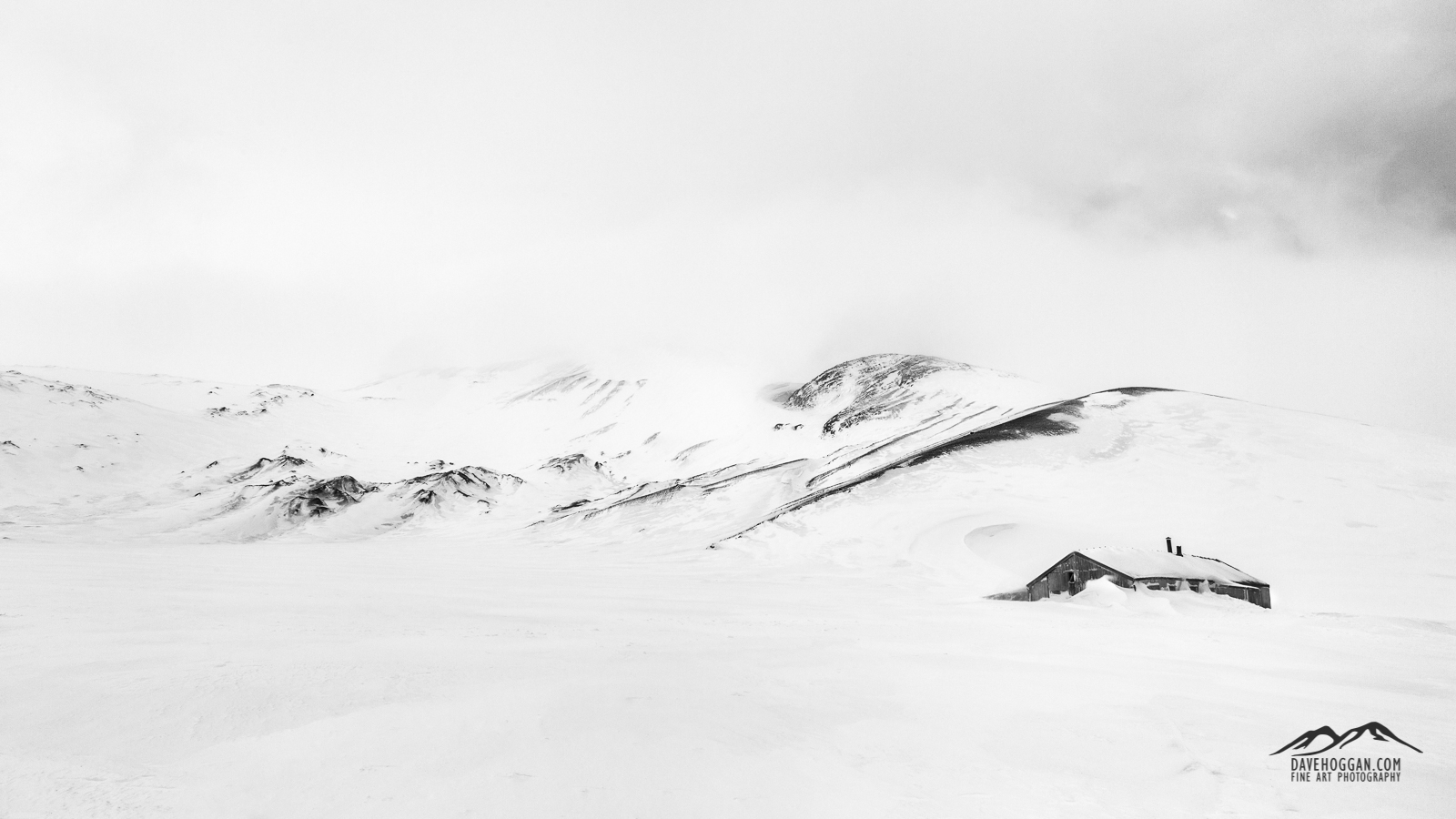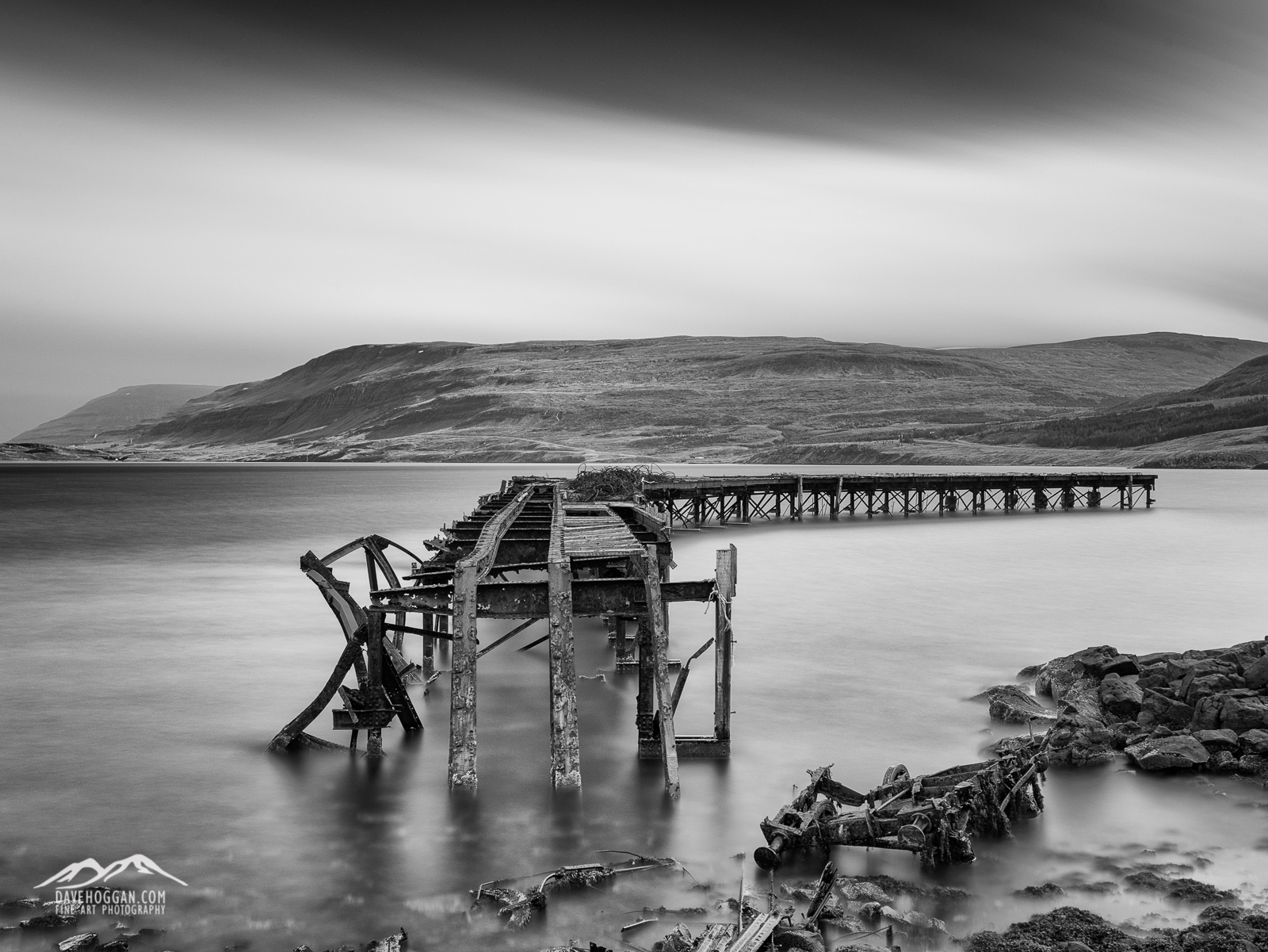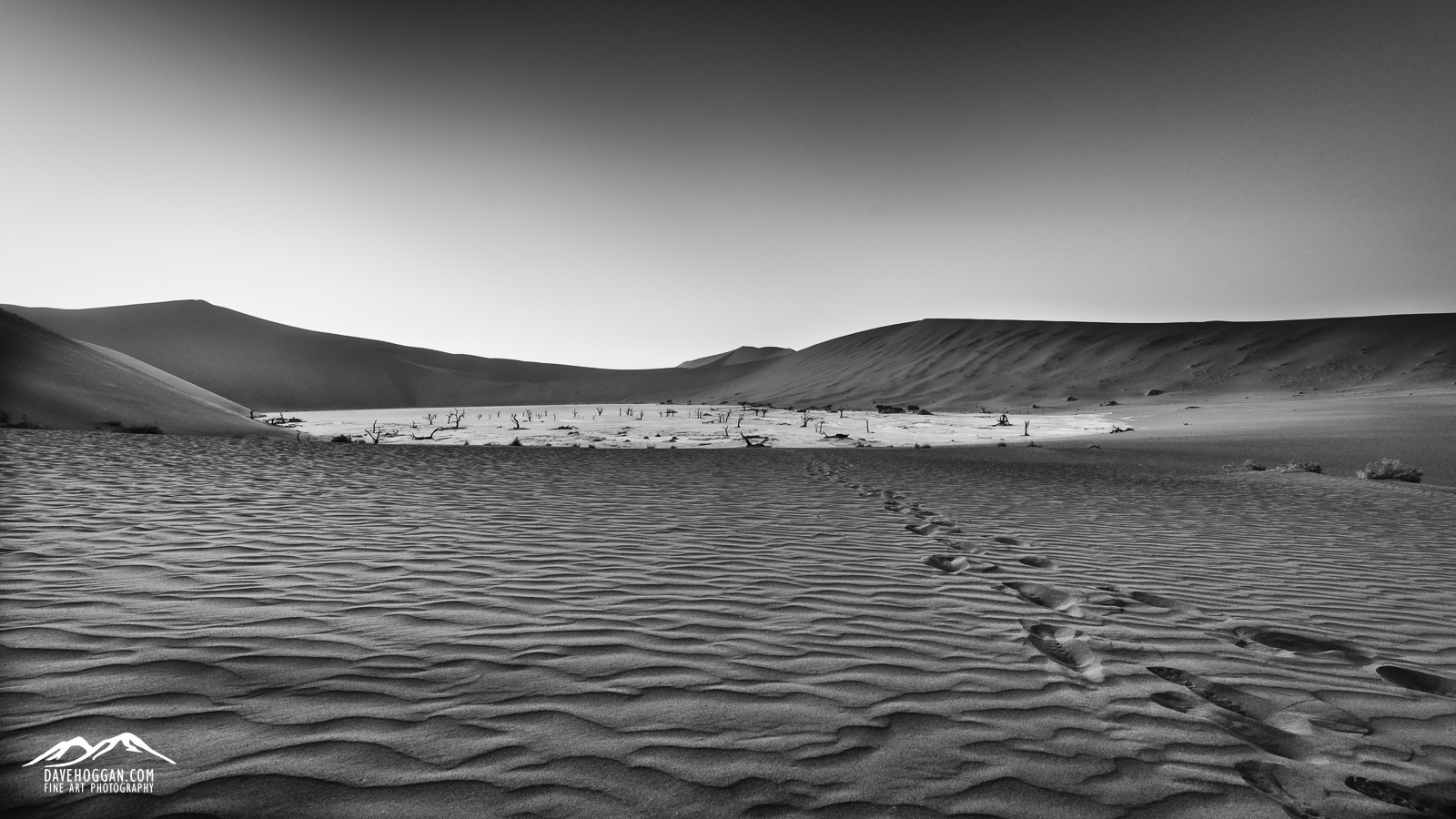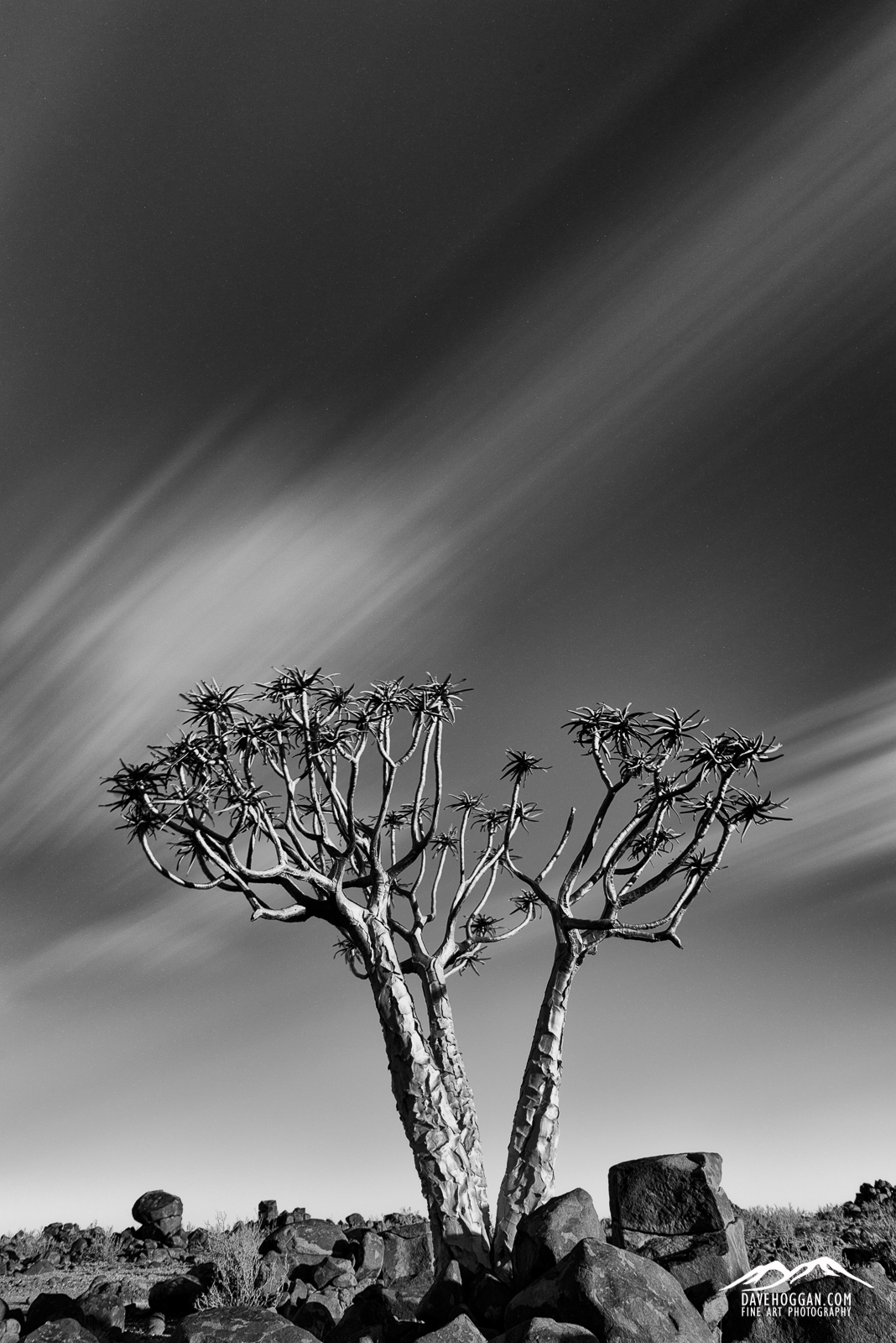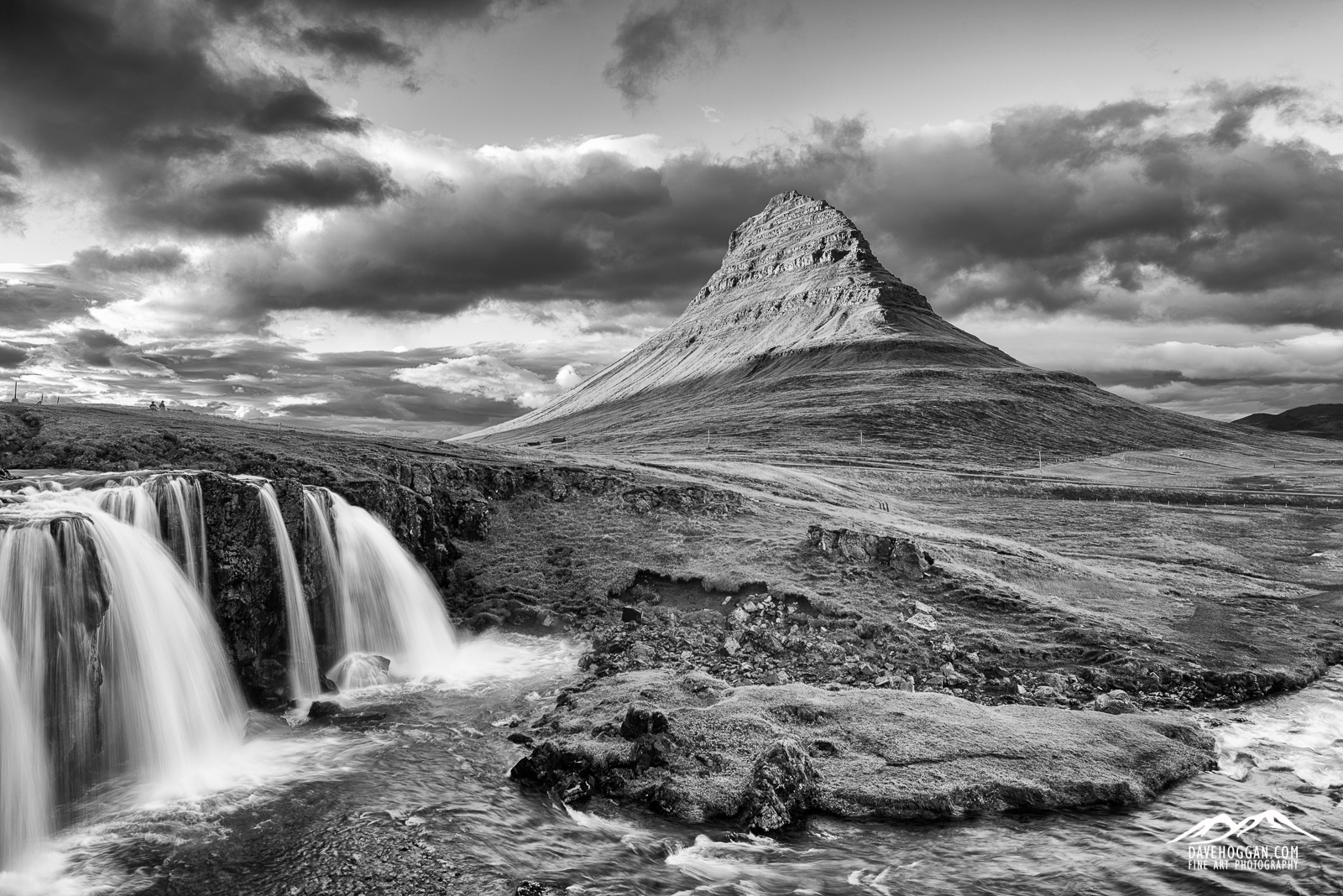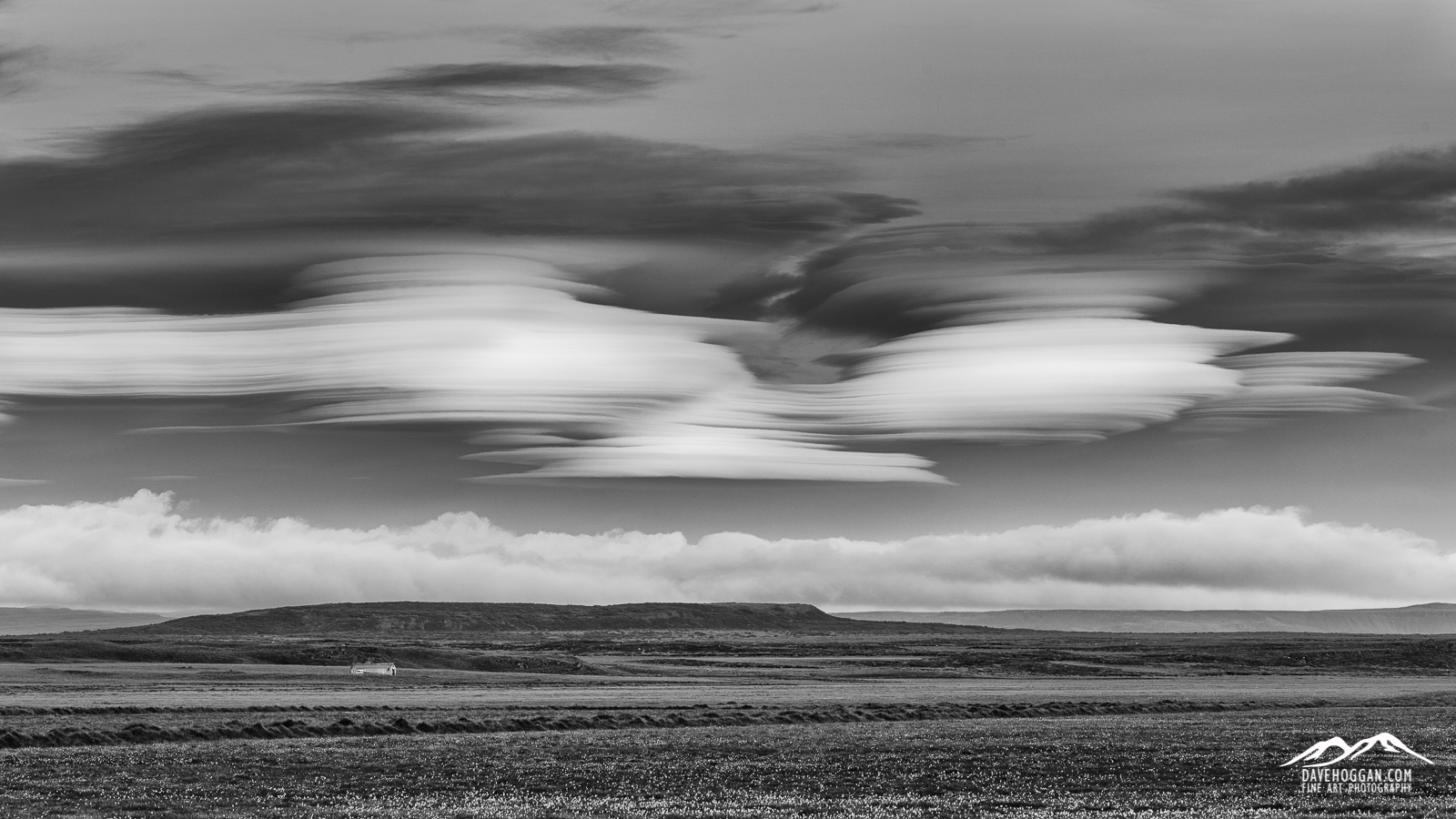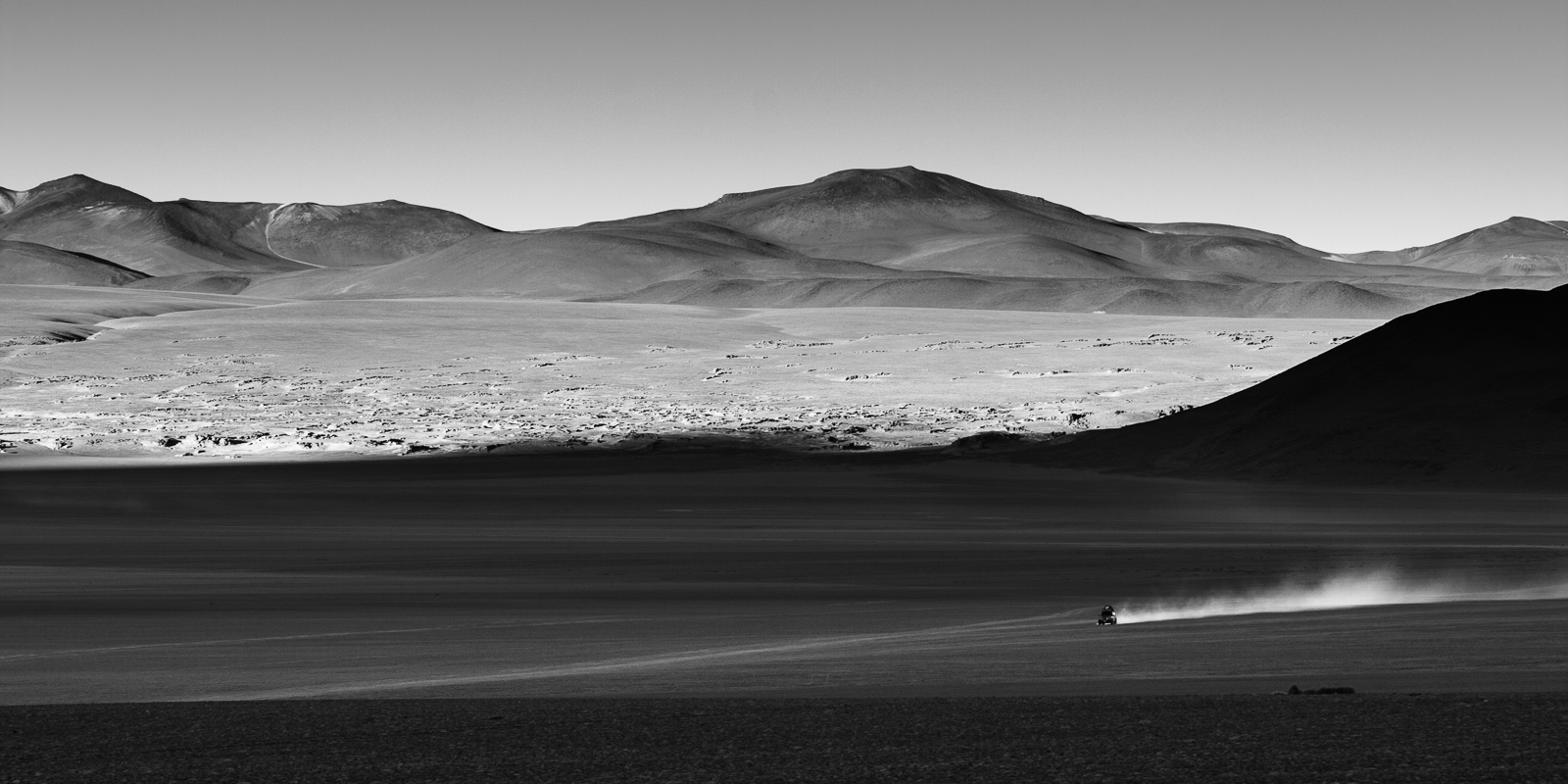You can’t be a proper movie super villain without having a secret base and if I were ever to become a super villain Deception Island would be mine. It sounds like a place straight out of fiction and already you may be thinking of pirates or smugglers or some other ne’er-do-wells. But no, it is a real place and one that happens to be one of my most favourite places on Earth.
Whilst it is real, having been first discovered in 1820, it is hard to shake the thoughts of make believe, especially when you read more about it. First what we see as an island is really the top of an active underwater volcano with high cliffs on the shores making any attempt to anchor dangerous. At 12 kilometres in diameter you may even ignore it altogether but if you did you would miss Neptune’s Bellows, the only gap in the high cliff walls at a mere 230 metres across, created by a previous eruption, and leading to a secluded bay which, at 9km by 6km, occupies most of the inside of the island. Of the land that remains, over half is covered by glacial ice. Oh, and most of the entrance is filled by Ravn Rock that sits a mere 2.5 metres below the surface, waiting to wreak havoc on the hull of any passing ship. Yes, as a naturally fortified, evil-super-villian secret lair it will do very nicely indeed.
Whilst I could have happily spent two or three days just wandering around you’ll likely only get about 90 minutes and so thankfully it is one of those places where you do not have to work hard to get good compositions, especially if you like working with minimalism and negative space. Even colour seems optional in a landscape dominated by black volcanic rocks and white ice and snow.
You can read more about this wonderful island over on Wikipedia.
